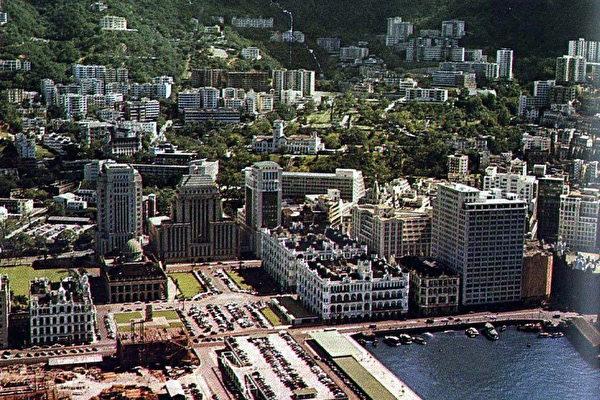Commentary
From the 1950s to 1970s the Shenzhen River, which originates from the top of Wutong Mountain, was called China’s “Berlin Wall” by the international community. For millions of people who yearned for freedom, it was the dividing line between heaven and hell.
